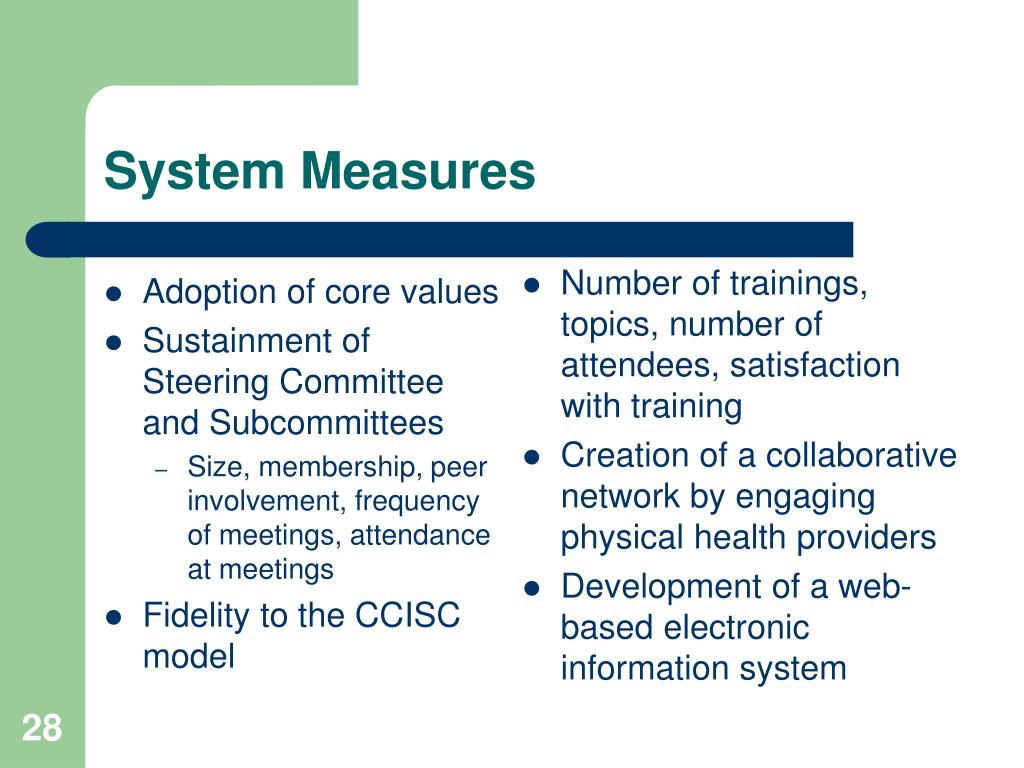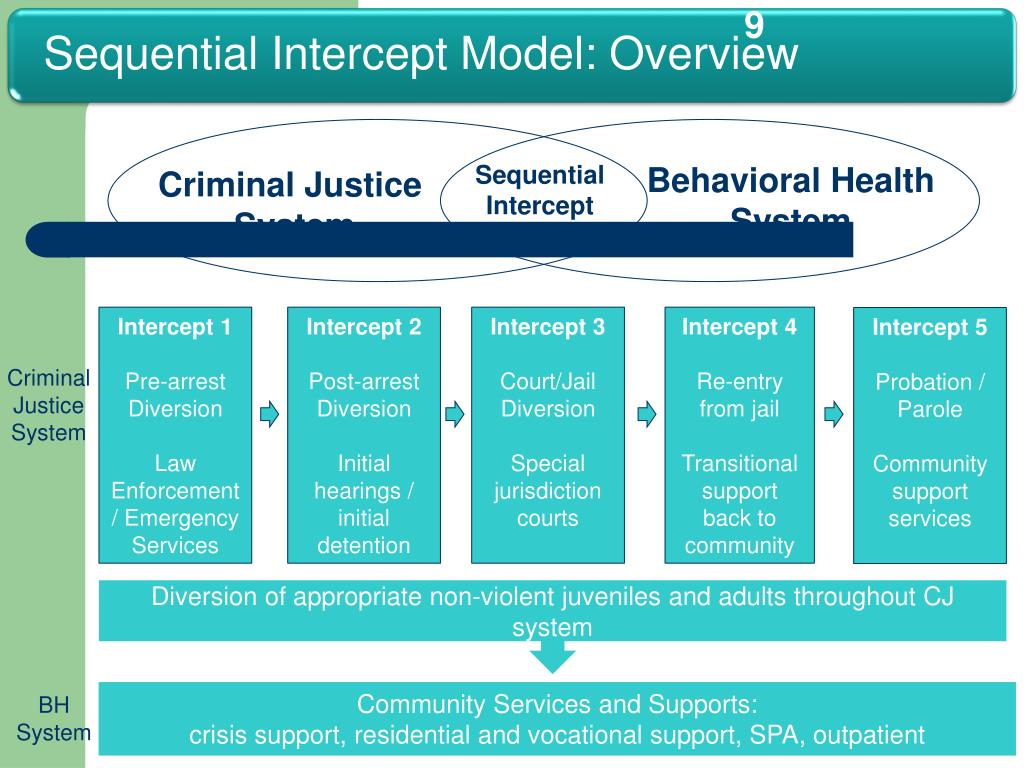

ĭeveloped nearly 20 years ago, the Sequential Intercept Model (SIM) was designed for communities to use “when considering the interface between criminal justice system and mental health systems as they address concerns about the criminalization of people with mental illness” (Munetz and Griffin 2006, 544). The intercept model provides a framework for communities to identify resources and gaps in resources and develop local strategic action plans. Communities are increasingly looking for alternatives that safely divert people with behavioral health needs into cost-efficient and effective community-based treatment that produces better outcomes for the individual, the community, and the justice system (Abreu et al. But elected officials, criminal justice practitioners, and behavioral health service providers alike recognize the justice system is poorly positioned to treat this population. Outcomes by sequential intercept Intercept 2: Initial detention/initial court hearings Intercept 3: Jails/courts Intercept 4: Reentry Intercept 5: Community. HOUSING & THE SEQUENTIAL INTERCEPT MODEL - A HOW-TO GUIDE 5 STEP ONE: Defining the problem Why should we focus on people with mental illness who are justice involved Nationally, prison and jail populations have been growing over the last several years 1. Copeland Center Certified Peer Specialist Training (CPS)Īmerica’s criminal justice system is the de facto behavioral health treatment provider in many communities.

International Association of Peer Specialist Info.The items identified at a single mapping might be a source of concern in another county, and yet other issues were more salient to the group of stakeholders on a given day. SAMHSA's Evidence-based Programs and Practices This summary of Sequential Intercept Model (SIM) mappings reflects the top 10 gaps and priorities key local stakeholders identified across Oregon. This workshop is designed to tap into local expertise by bringing together key stakeholders to develop a map that.preventing further involvement with the criminal justice system. of interception for individuals with behavioral health issues, linking them to services and. Wellness Recovery Action Planning (WRAP) The Sequential Intercept Model (SIM) pictured below, is a model which identifies five key points.


 0 kommentar(er)
0 kommentar(er)
